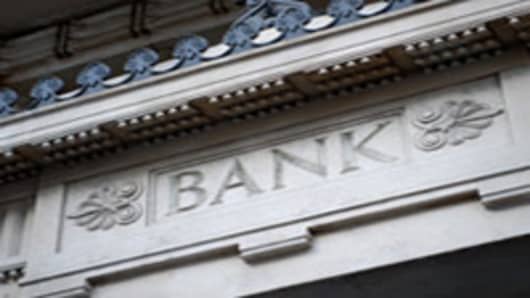The paper’s author, Tiago Severo, constructed a systemic liquidity risk index, intended to measure exposure to liquidity risk. The index is based on arbitrage relationships of various asset classes from 2004-2011.
The main point of Severo’s paper is an attempt to calculate the cost of central bank and government liquidity support to the financial sector. Armed with this knowledge, regulators could force banks to pay premiums for liquidity insurance.
But while testing the exposure of 53 global banks to his liquidity index, Severo came across something surprising. It turns out that banks with high net stable funding ratios—those considered more stable and liquid by regulators under Basel III—are more exposed to short-term liquidity risk. As liquidity contracts, their stocks become more volatile.
To put it differently, banks with the “best” NSFRs appear to be much more at risk of distress from a liquidity crunch.
The reason why this might be is not really clear. But it should be troubling to anyone hoping that Basel III will do very much to prevent future financial crises.
Follow John on Twitter. (Market and financial news, adventures in New York City, plus whatever is on his mind.) You can email him at john.carney@nbcuni.com.
We also have two NetNet Twitter feeds. Follow CNBCnetnet for the best of the days posts, including breaking news. Follow NetNetDigest for a feed of every single post each day.
You can also be our friend on Facebook. Or subscribe to John's Facebook page.
We're on Google Plus too! Click here for John's Google+ page.
Questions? Comments? Tips? Email us atNetNet@cnbc.comor send a text message to: 917-740-8477.
Call us at 201-735-4638.



